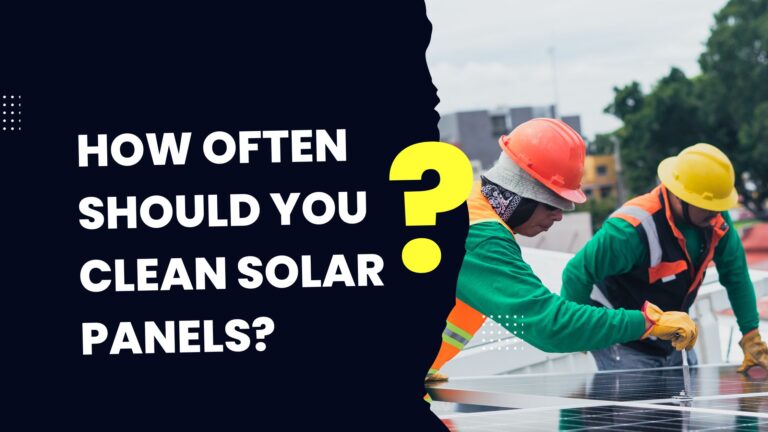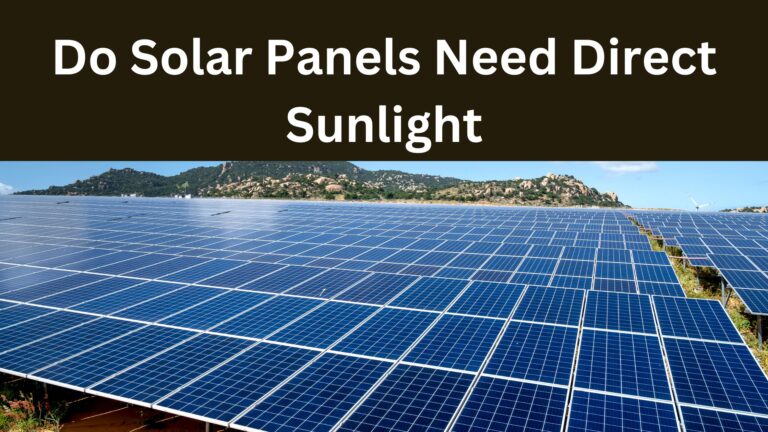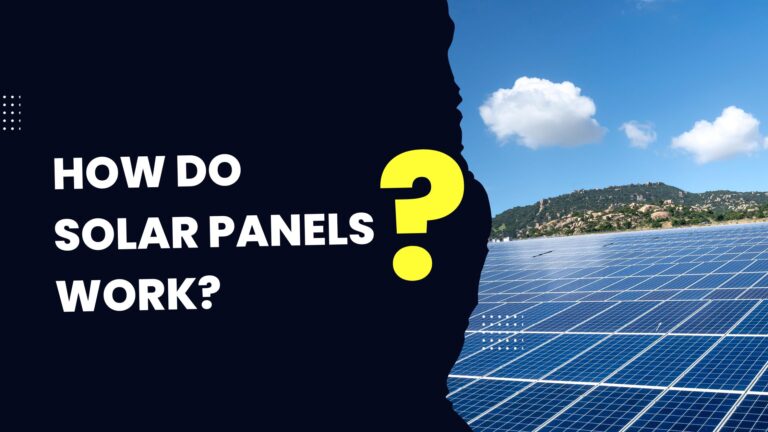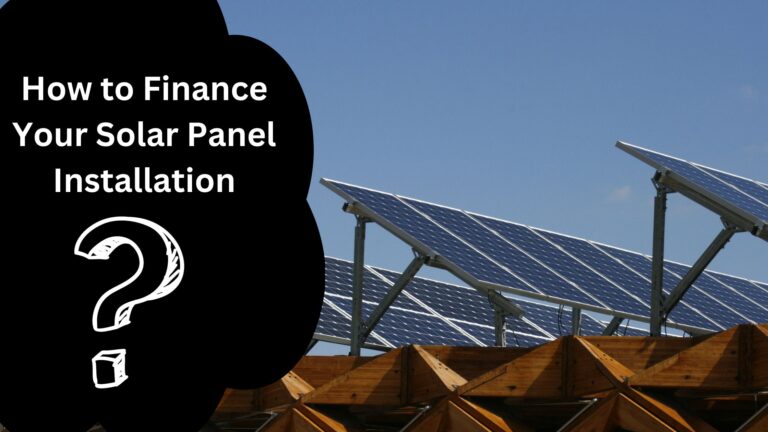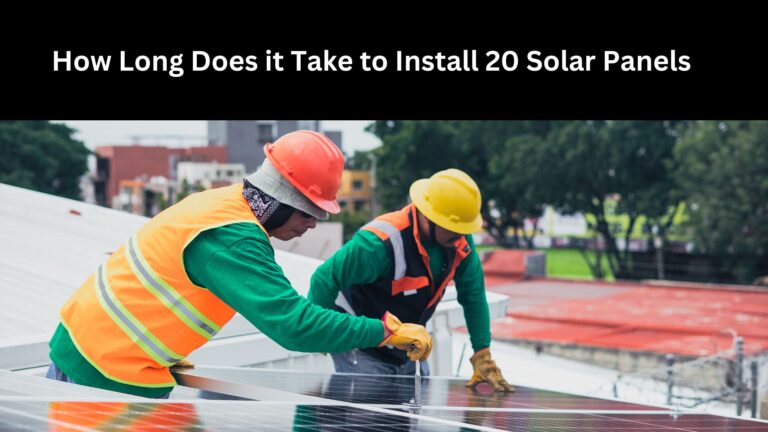String Solar Invertor: Advantages and Differences with Other Inverters
String Solar invertor is an essential component in solar energy systems, that converts direct current (DC) from multiple panels into alternating current (AC) making the energy usable for household appliances and the power grid. They offer cost-effectiveness and simplicity, handling multiple panels in series and providing centralized monitoring.
Solar String Inverter Definition
A string inverter, also known as a central inverter, is a key component in photovoltaic (PV) systems. It converts the direct current (DC) electricity produced by a series (or “string”) of solar panels into alternating current (AC) electricity.
String solar invertor regulates their AC output to adhere to stringent power quality standards. These standards encompass restrictions on harmonic distortion, voltage fluctuations, and DC injection. This high-quality AC power guarantees the secure and efficient operation of connected electrical devices and safeguards the integrity of the broader electrical infrastructure.
Solar String Inverter Design
The design of a string inverter is centered around efficiency, reliability, and scalability. These devices are usually wall-mounted or ground-mounted units, often installed near the main electrical panel of a building. Key components of a string inverter include:
- DC input terminals: These accept the high-voltage DC power from the solar panel strings.
- Maximum Power Point Tracking (MPPT) system: This optimizes the power output from the solar array by adjusting the electrical operating point of the panels.
- DC-AC inverter circuit: This converts DC to AC using advanced switching techniques, often employing insulated-gate bipolar transistors (IGBTs).
- Filtering and power conditioning circuits: These ensure the output AC power meets grid quality standards.
- Cooling system: Usually passive cooling for smaller units, while larger inverters may use forced air or liquid cooling.
- Monitoring and communication interfaces: These allow for system performance tracking and integration with smart grid technologies.
Modern string inverters often incorporate additional features such as built-in DC disconnects, arc fault protection, troubleshooting interfaces, and even energy storage system integration capabilities.
How Does a String Inverter Work?
The operation of a string inverter can be broken down into several key steps:
- DC Power from Solar Panels: The solar panels generate DC electricity when exposed to sunlight. The panels are connected in series, forming a “string,” and the combined DC output from these panels is sent to the string inverter.
- DC Optimization (Optional): Sometimes, before the DC power reaches the string inverter, it passes through optimizers. These devices ensure that each panel in the string operates at its maximum efficiency by adjusting for any mismatches or shading issues.
- DC to AC Conversion: The string inverter receives the DC electricity and converts it into AC electricity. This conversion is necessary because AC is the standard form of electricity used in homes and by the electrical grid.
- Distribution of AC Power: Once converted, the AC electricity can either be used to power the home, stored in a battery (if the system includes one), or sent to the electrical grid, depending on the system configuration.
- Monitoring and Control: Many string inverters come with monitoring capabilities, allowing users to track the performance of their solar system. The inverter ensures that the AC output is synchronized with the grid’s frequency and voltage if it’s a grid-tied system.
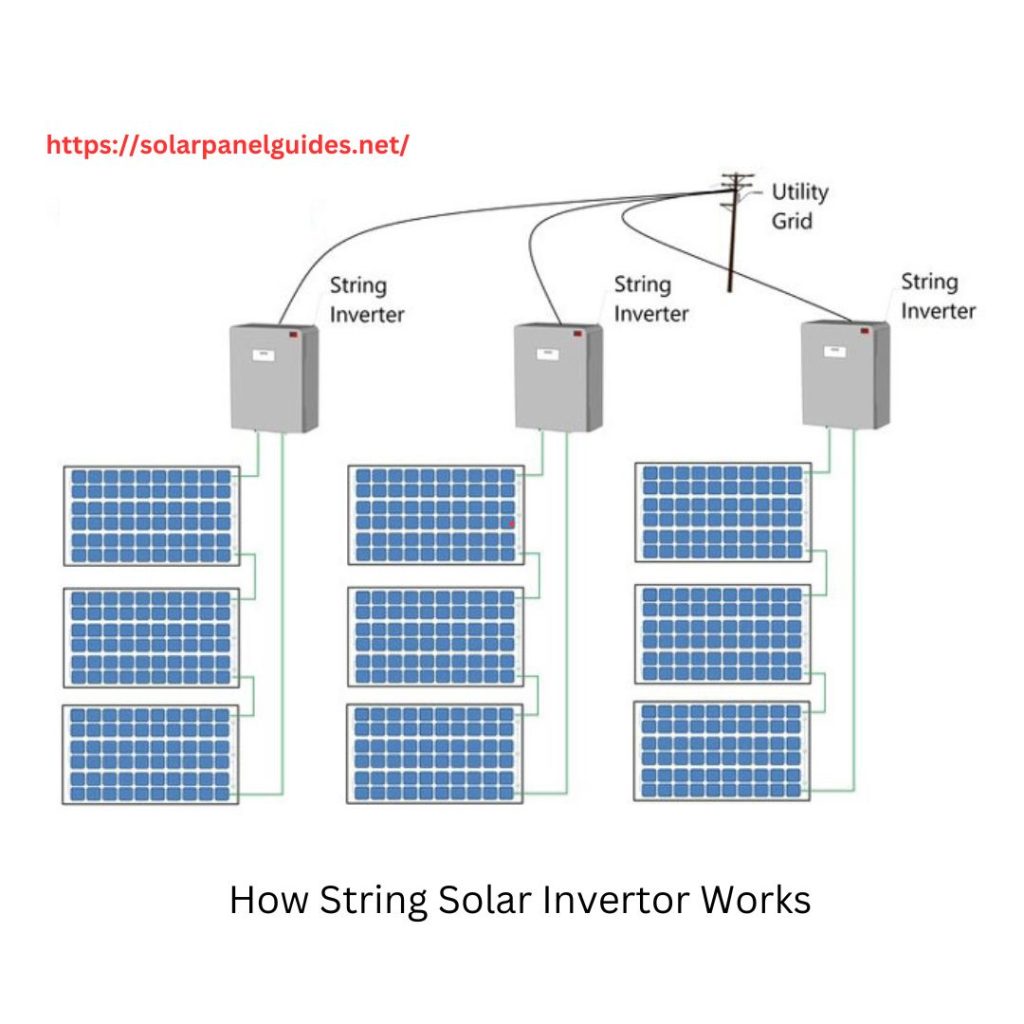
String Inverter Cost
The cost of string inverters can vary significantly based on capacity, features, and brand. However, they generally offer a cost advantage over other inverter types, especially for larger systems.
- Initial Investment: String inverters typically range from $0.10 to $0.30 per watt of rated capacity. For a 10kW residential system, this translates to roughly $1,000 to $3,000 for the inverter alone.
- Installation Costs: String inverters often have lower installation costs compared to microinverters or power optimizers, as there are fewer components to install and wire.
- Maintenance and Replacement: While string inverters may need replacement earlier than microinverters (typically 10-15 years vs. 25 years), the cost of replacing a single string inverter is often less than replacing multiple microinverters.
- Scalability: For larger commercial or utility-scale installations, the cost per watt of string inverters decreases significantly, making them particularly attractive for these applications.
It’s important to note that while the upfront cost of string inverters may be lower, other factors such as system efficiency and long-term performance should also be considered in the overall cost-benefit analysis.
Advantages of String Inverters
String inverters offer several distinct advantages:
- Cost-Effectiveness: Especially for larger systems, string inverters often provide the lowest cost per watt of any inverter solution.
- Simplified Installation: With fewer components to install compared to microinverter or power optimizer systems, installation time and complexity are reduced.
- Centralized Monitoring: Having a single point of conversion allows for easier system monitoring and troubleshooting.
- High Efficiency: Modern string inverters can achieve peak efficiencies of up to 99%, rivaling or exceeding other inverter types.
- Durability: With fewer components exposed to the elements, string inverters can offer excellent longevity, especially when installed in protected environments.
- Flexibility: Many string inverters now offer multiple MPPT inputs, allowing for greater design flexibility in complex roof layouts or mixed panel orientations.
- Grid Support Features: Advanced string inverters can provide reactive power support, voltage regulation, and other grid-stabilizing functions.
- Heat Management: Centralized conversion allows for more effective cooling strategies, which can be crucial in maintaining efficiency and longevity.
Also Read, Types of Solar Inverters
Comparison to Other Types of Solar Systems
To fully appreciate the role of string inverters, it’s essential to compare them with other common inverter technologies:
1. String Inverters vs. Microinverters
Microinverters:
- Installed on each solar panel
- Convert DC to AC at the panel level
- Better performance in shaded conditions
- More expensive for larger systems
String Inverters:
- One inverter for multiple panels
- More cost-effective for larger systems
- Slightly less efficient in partial shading scenarios
2. String Inverters vs. Central Inverters (for utility-scale):
Central Inverters (for utility-scale):
- Handles the entire system’s power generation.
- More economical for large-scale installations.
- Simplifies system management.
- A failure can impact the entire system.
String Inverters:
- Each handles a specific string of panels.
- Less cost-effective for large-scale installations.
- Provides more granular system insights.
- A single failure doesn’t affect the entire system.
3. String Inverters vs. Central Inverters with Power Optimizers:
Central Inverters with Power Optimizers:
- Optimizes power at the panel level, improving energy production.
- More expensive than string inverters alone.
- Requires additional components and wiring.
String Inverters:
- Handles the entire system’s power generation.
- Generally less expensive than central inverters with power optimizers.
- Fewer components and wiring.
- May not be as efficient in systems with partial shading.
| Feature | String Inverter | Microinverter | Central Inverter (Utility-Scale) | Central Inverter with Power Optimizers |
|---|---|---|---|---|
| Type of Installation | Centralized | Individual panel | Large-scale, centralized | Centralized with individual panel optimization |
| Number of Inverters | 1 | 1 per panel | 1 (for large systems) | 1 (for large systems) |
| Efficiency | High (96-99%) | High (95-98%) | High (97-99%) | Very high (98-99%) |
| Cost | Lower | Higher | Lowest per watt | Higher than string inverters |
| Flexibility | Moderate | High | Low | High |
| Shade Tolerance | Moderate | Excellent | Poor | Excellent |
| Monitoring | System-level | Panel-level | System-level | Panel-level |
| Maintenance | Easier | More complex | Easier | More complex |
| Scalability | Good | Good | Excellent | Excellent |
| Grid Integration | Good | Good | Excellent | Excellent |
| Suitable for | Residential, Commercial | Residential, Commercial | Utility-scale | Residential, commercial, utility-scale |
String inverters occupy a middle ground, offering a balance of cost-effectiveness, performance, and simplicity. They excel in uniform array layouts with minimal shading, making them ideal for many residential and commercial applications.
Modern Developments in String Inverters
Recent advancements have improved the functionality of string inverters:
- Integrated Optimizers: Many modern string inverters now incorporate optimizer functionality, eliminating the need for separate optimizer units.
- Smart Features: Advanced monitoring, grid integration, and power management capabilities.
- Hybrid Functionality: Some models now include battery charging and management features.
ROI Analysis and Potential Incentives of Using String Solar Inverters
String inverter systems offer compelling ROI, particularly for larger installations. With efficiencies of 96-99%, they maximize power production. Lower upfront costs ($1,000-$2,000 less for a 10kW system) and reduced maintenance (0.5-1% of initial cost annually) contribute to faster payback. In ideal conditions, energy production matches other system types. Scalability improves ROI for commercial installations. Incentives like the 30% US Federal ITC, state rebates, and net metering enhance financial returns. A 10kW US system (~$25,000 initial cost) can yield $1,820 annual savings at $0.13/kWh, with 10-12 year payback and potential 100%+ ROI over 25 years. Advanced features enable integration with energy storage, offering additional value streams. However, ROI varies with local factors, necessitating location-specific analysis for accurate projections.

Solar Energy Engineer, Founder of Solar Panel Guide Blog, and passionate advocate for a sustainable future. ☀️🌿 #SolarEnergy #Renewables Read More About Peter
